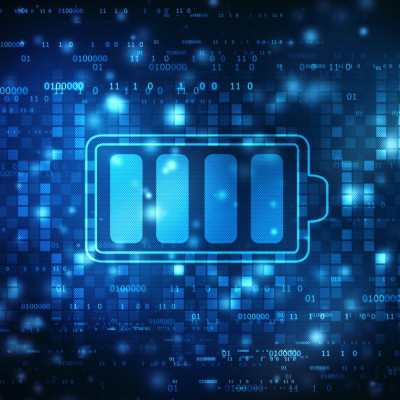“As the world is transitioning from fossil fuel power to emission-free electrification, energy storage devices such as batteries are becoming a critical part of the value chain of this new ‘green’ economy,” explains Athanasios Masouras of Greece-based Pleione Energy.
“To satisfy increased demand for higher power density and fast charging batteries means turning to novel materials, because existing solutions are coming up against hard performance limits.”
The company worked with ESA on a project to industrialize the production of Li-ion battery electrodes incorporating graphene as their main active material, producing in the tens of meters at a time. These negative electrodes were used for Li-ion battery cells that were produced and tested according to European Cooperation for Space Standardization, ECSS, standards, representing space-ready quality.
“The challenge was to scale up from lab activities to industrial production, with the potential to make kilometers of electrode at a time,” comments ESA materials specialist Ugo Lafont.

Atom-thick graphene layer.
“Our breadboard cell shows good properties, producing 12.5 Ah of energy, offering a European way to improve battery capacity and improve key electrochemical characteristics. In particular the nano-size of the graphene ensures enhanced mobility of the lithium ions at the heart of the system, leading to improved capacity for the same amount of material and higher charging and discharging rates without degrading the system. The potential is there for new cheap but reliable batteries suited for small satellites and CubeSats in particular.”
Athanasios notes: “Having completed the battery cells and integrated them in a battery pack, the real test came when we exposed it to the temperature profile of a typical low-Earth orbit mission, which means frequent changes from high-temperature sunlight to cold darkness. But our testing confirmed we have succeeded in increasing the specific capacitance of the anode of the battery compared to traditional graphite, and in developing electrodes that maintain their performance in high current densities – making them suitable for fast charge/discharge applications.
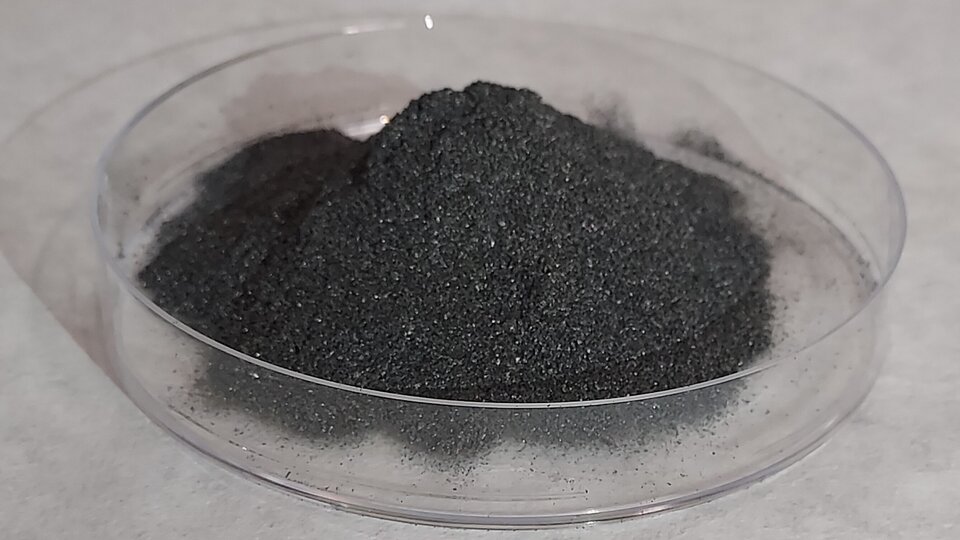
Graphene powder.
“Overall graphene offers around 20% higher specific capacitance than graphite, while its endurance of higher current densities should mean higher cycle life for batteries, safer operation due to lower temperature and an overall reduction in material consumption, and therefore cost.”
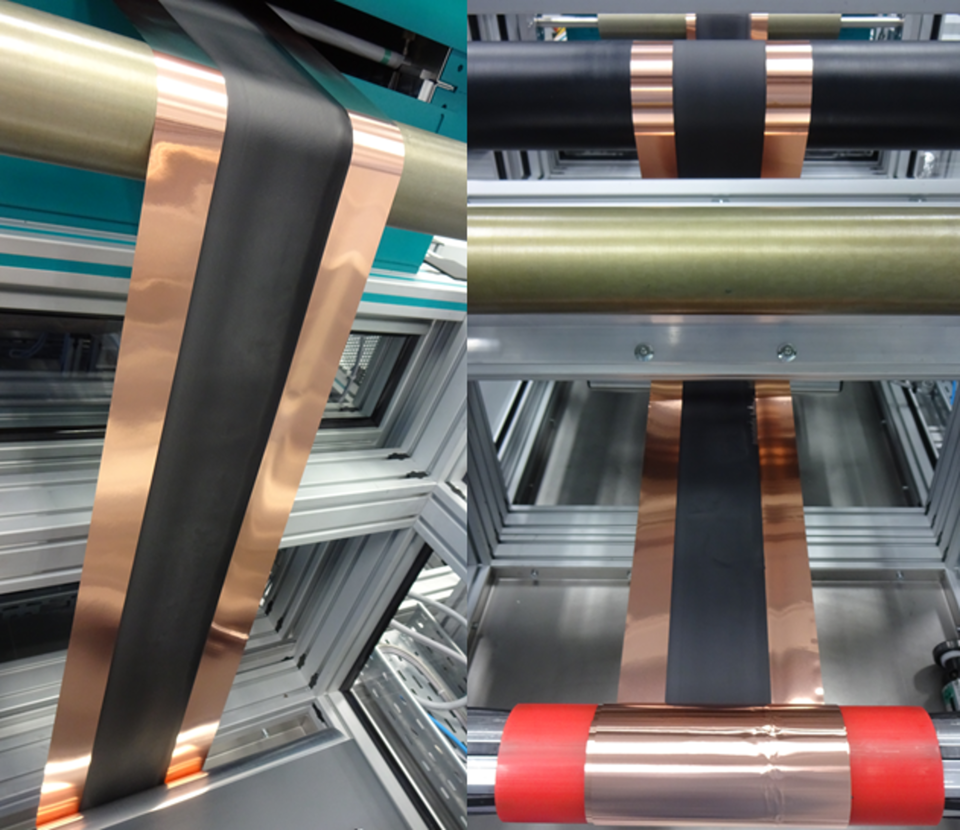
Roll-to-roll process.
The Cost-Effective Graphene Energy Storage project, COORAGE, was undertaken by Pleione Energy and Germany's Fraunhofer Institute for Silicate Research to devise an end-to-end industrial process for electrode production, with Omnidea-RTG in Germany designing the project’s breadboard battery cells.
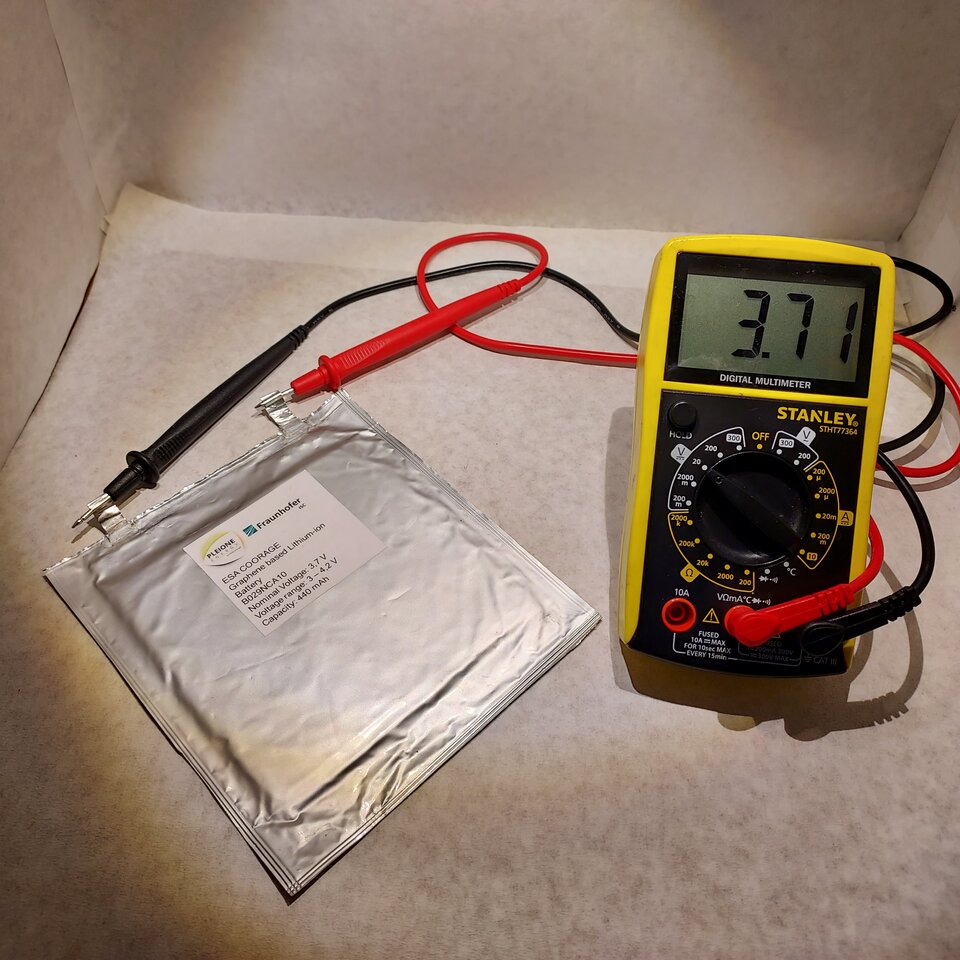
Testing battery pack.
“The process itself isn’t revolutionary,” Ugo adds. “The real step forward is in the way the graphene is added. Electrodes always need a metallic current collectors that collect the current and connect to external circuits. These positive and negative collectors have active materials attached to them, which come in the form of powders, so they need to be laminated and glued to their current collector – like turning flour into pancake dough you can cook with.
“So this powder is turned into a slurry to be painted onto the current collector, binding it in place for intimate contact that allows electrons to flow. But in the past this process required expensive and highly toxic solvents. We have switched to water as a solvent mixed with cellulose nanocrystals taken from plant biomass, which is a hundred times cheaper. There is also certain proprietary knowledge involved, like the skill of a chef ensuring your food tastes good!”
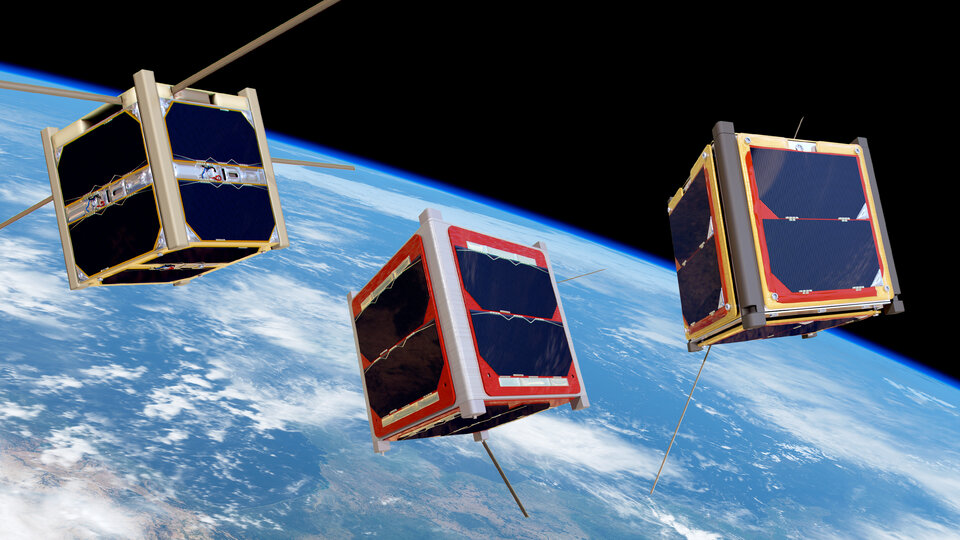
The batteries would serve smaller space missions
Athanasios adds: “As well as reducing the overall environmental footprint of the process, removing these solvents – which are costly both to purchase and to handle – significantly reduces manufacturing costs by around 20% and makes battery production more compliant with the strictest EU environmental standards.”
The COORAGE project, supported through ESA’s General Support Technology Program (GSTP) preparing promising products for space and the marketplace, is also investigating the harnessing of graphene for Li-ion supercapacitors, which are power storage devices capable of delivering brief high-speed bursts of very high power.
“Our next step will be to transfer our technology to cylindrical standardized cells, then increase its technology readiness level through extensive testing, with our ultimate target being to qualify for spaceflight,” notes Athanasios.
Read the original article on European Space Agency.
